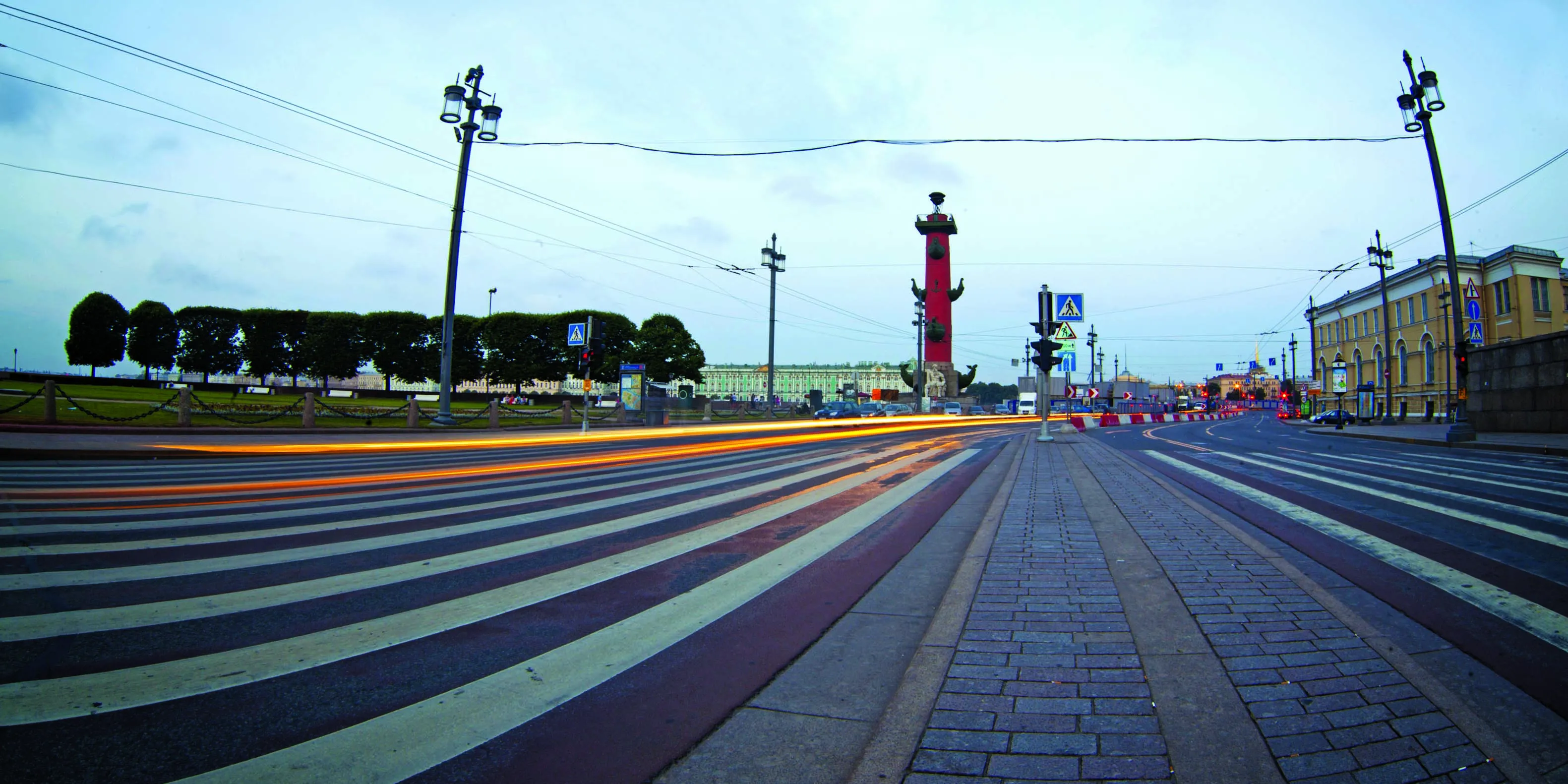Zimbabwe looks set to receive a US$1.3 billion loan from the Development Bank of South Africa (DBSA).
February 24, 2012
Read time: 1 min
Zimbabwe looks set to receive a US$1.3 billion loan from the 3204 Development Bank of South Africa (DBSA). This will be used to fund construction work on a new dual carriageway that will connect Beitbridge with Chirundu and run through capital Harare. The proposed road will be called the North-to-South Corridor and will provide a key route for Southern Africa by connecting Zimbabwe with its neighbours Zambia and South Africa. The DBSA is also funding a $500,000 feasibility study for the project, which will start shortly and the construction work itself is planned to start in 12 months time.









